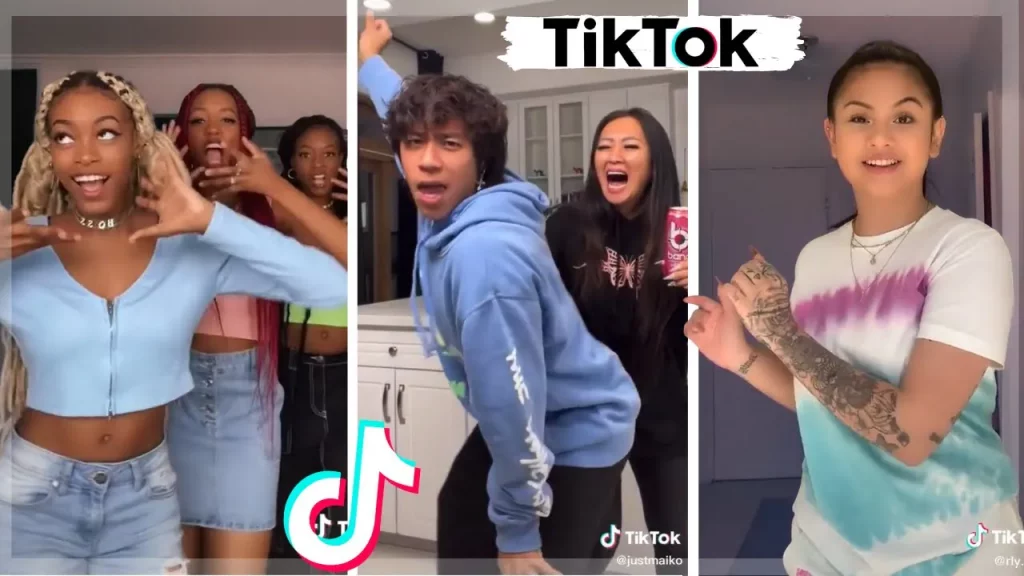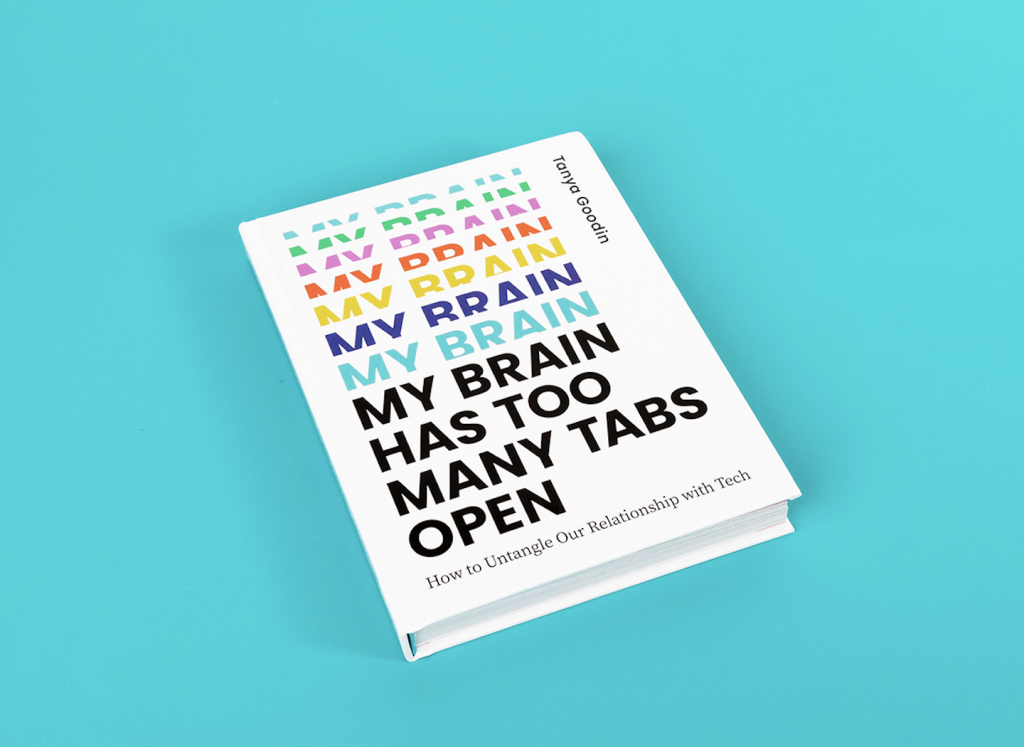The recent tragic case of Archie Battersbee in the UK who suffered irreversible brain damage after, his parents believe, taking part in one of TikTok’s deadly challenges has highlighted once again some of the dangerous games circulating on Gen Z’s favourite social platform.

Archie’s parents believe he was trying part in the so-called ‘blackout challenge’ shortly before they found him unconscious with a rope around his neck. The challenge encourages users to choke themselves to the point of losing consciousness and is just one of the deadly ‘games’ which have gone viral on the platform in recent years.
Popular deadly challenges
Some of the most popular challenges are difficult to believe;
- The salt challenge – involves eating a whole mouthful of salt in one go, potentially leading to dehydration, confusion and nausea due to a huge spike in sodium levels.
- The Cha Cha Slide challenge – named after DJ Casper’s Cha Cha Slide, has teenage drivers swerve their cars in tandem with the song’s lyrics “slide to the left, slide to the right” and “criss-cross.”
- The socket challenge – a phone charger is partly pulled out of the socket with a coin then dropped on the exposed prongs, creating sparks.
- The skull breaker challenge – two people kick out the legs from under a third, causing them to fall backwards and smash their head on the ground.
There are reported cases of hospitalisation, sometimes death, for all of these challenges amongst young people taking part.
Deadly challenges for teens pre-date TikTok
Searches on TikTok for the blackout and skull breaker challenges are now met with a page cautioning how to assess the safety of challenges and highlighting the dangers of taking part.
Of course, ill-advised teenage challenges and crazes definitely pre-date TikTok – or indeed any other social platform. But social media has undoubtedly amplified and broadcast deadly games to a far wider audience that may have fallen prey to them in the past, increasing the chances that vulnerable children will be tempted to take part.
TikTok’s algorithm is particularly powerful and adept at working out what type of content any individual user wants to see, serving up that content over and over again, creating ‘rabbit holes’ of dangerous material that a teenage user can easily fall into.
Advice for parents and teachers
Talking to teens about deadly challenges, away from social media and their peers, is the best way to raise awareness of their potential risks and encouraging them to adopt a critical mindset on taking part.
- Ask what challenges they are aware of.
- Ask whether they know friends who have taken part in any, or if they have ever been tempted themselves?
- Explain some of the major dangers to life associated with the riskiest challenges and ask them to think of any other dangers themselves.
- Ask if they are willing to talk to you if any new challenges surface so that you can discuss them and assess the risks together.

For more about how dangerous digital phenomena – such as TikTok’s deadly challenges – are changing our world, pick up a copy of my new book.
